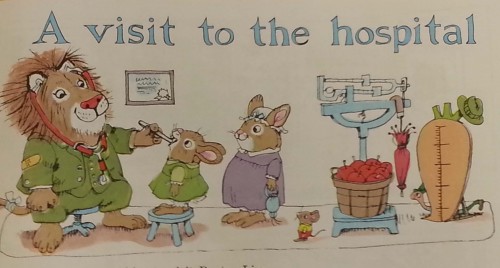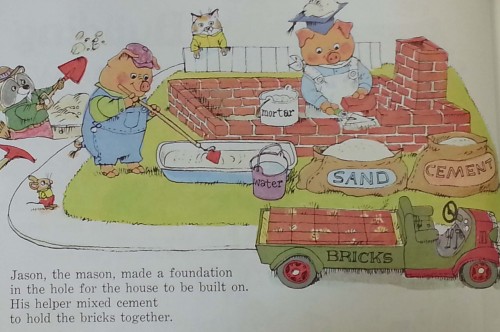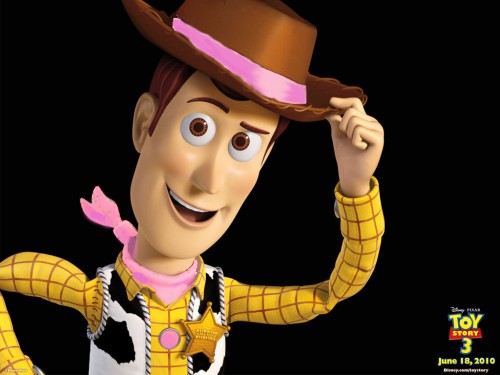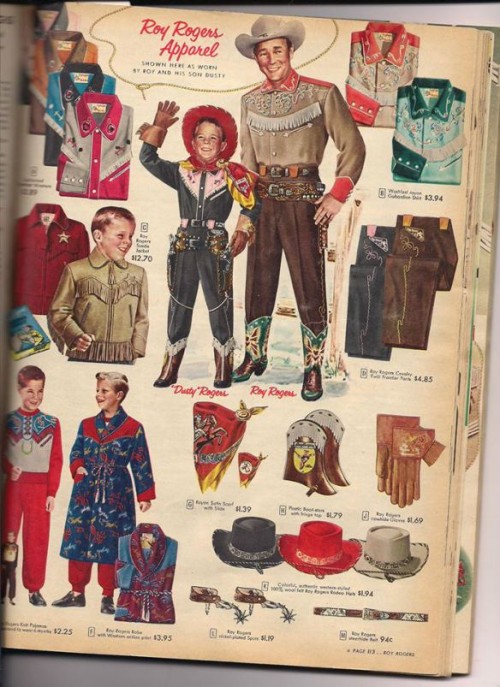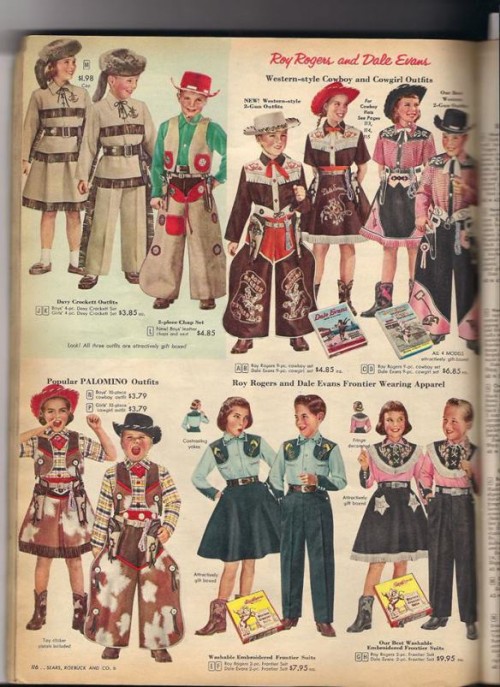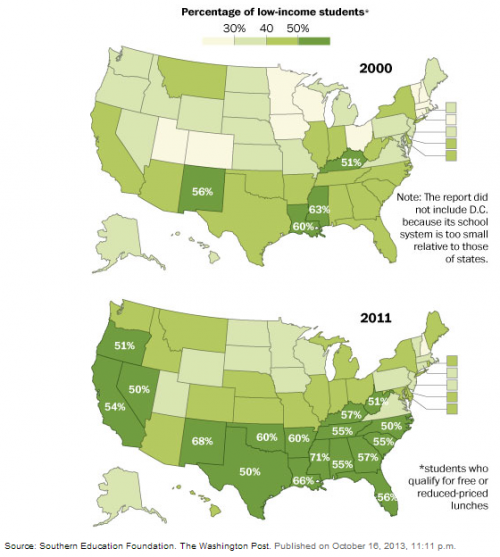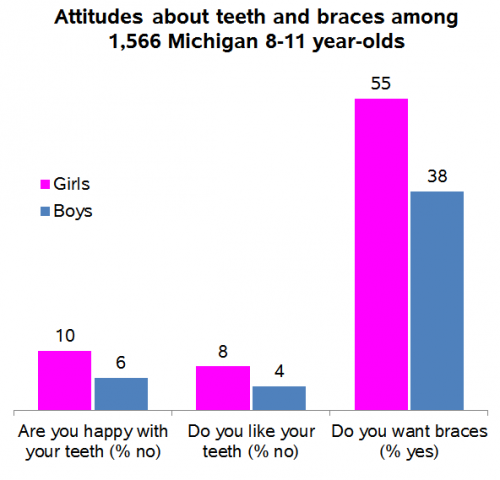 A few times on SocImages we’ve been tickled to highlight instances of very young children performing adult behavior. In each (adorable) case, they were great examples of how children learn how to a culturally intelligible adult and particular kinds of ones at that.
A few times on SocImages we’ve been tickled to highlight instances of very young children performing adult behavior. In each (adorable) case, they were great examples of how children learn how to a culturally intelligible adult and particular kinds of ones at that.
Our favorites include the baby worshipper, baby preacher, baby Beyonce, baby rapper, and babies learn how to have a conversation. Seriously. Click on every single one of those links. You won’t be disappointed.
This one is of a little girl in a Baptist church in Bishkek, Kyrgyzstan mimicking a choir conductor. It’s fantastic.
I’m sure you’ll have your own favorite thing about it, but mine is her intensity. Maybe it’s an indication of just how seriously she takes learning. At one time, and in a different way in the modern world, learning to copy adults was a matter of life or death. This must be part of what it means to be a human child even today.
But it may also be part of the mimicry. Conducting tends to be a pretty serious business. Maybe she’s just performing seriousness as part of the game, like her heartfelt facial expressions.
Either way, it’s a pretty impressive performance and a wonderful example of children’s active involvement in their own socialization.
Lisa Wade, PhD is an Associate Professor at Tulane University. She is the author of American Hookup, a book about college sexual culture; a textbook about gender; and a forthcoming introductory text: Terrible Magnificent Sociology. You can follow her on Twitter and Instagram.

